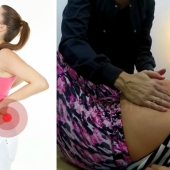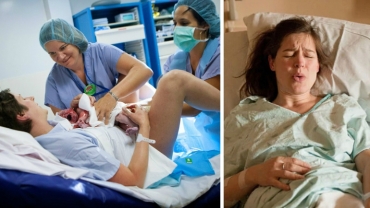Pregnant or planning to be? Test your knowledge of important childbirth issues that can affect you and your baby's health and well-being.
True or false?
Caesarean surgery has become so safe that there isn't much to choose between caesarean delivery and vaginal birth. (The answer is false)
A caesarean is still a major operation with all that entails in terms of pain risk and recovery. A review of the research comparing outcomes with vaginal birth versus cesarean surgery after taking into account that problems can lead to cesarean surgery and also lead to adverse outcomes found that of 63 outcomes for 51 of them the evidence favored vaginal birth in five cases it was neutral and in only seven did it favor caesareans.
True or false?
Whether you have a caesarean depends mostly on your doctor's or midwife's practice style, not on your or your baby's health or how your labor progresses. (The answer is true)
Studies show a wide variation in cesarean rates among practitioners caring for women with similar characteristics with no improvement and outcomes with higher cesarean rates.
True or false?
Obstetricians caring for the general population should have a cesarean rate of no more than fifteen percent. (The answer is true)
The World Health Organization recommends no more than a 15-percent cesarean rate. because as rates rise higher maternal and perinatal morbidity and mortality begin to rise in parallel. This is because as rates go above fifteen percent the risks of the surgery begin to outweigh the benefits.
True or false?
Cesarean surgery prevents problems arising from pelvic floor muscle weakness or injury. (The answer is false)
Caesarean surgery has no effect on anal continents or on sexual dysfunction. It does reduce urinary incontinence but not severe urinary incontinence and not past menopause and it also reduces pelvic floor prolapse but again that depends on the number of children that the woman has and whether she had an instrumental vaginal delivery versus spontaneous vaginal delivery.
The following increased the likelihood of cesarean surgery without improving outcomes:
A. Ultrasound scan predicting big baby.
B. Inducing labor when the cervix isn't favorable.
C. Continuous electronic fetal monitoring.
D. Preset time limits for making progress when oxytocin is being used.
E. All of the above.
F. None of the above.
(The answer is all of the above)
- 5353 views













